Family Cisticolidae (Cisticolas and allies)
Posted: Sun Mar 16, 2014 2:09 pm
The Cisticolidae family of small passerine birds is a group of about 110 warblers (Cisticolas, Prinias, Apalises etc) found mainly in warmer southern regions of the Old World. They were formerly included within the Old World warbler family Sylviidae.
This family probably originated in Africa, which has the majority of species, but there are representatives of the family across tropical Asia into Australasia, and one species, the Zitting Cisticola, even breeds in Europe.
These are generally very small birds of drab brown or grey appearance found in open country such as grassland or scrub. They are often difficult to see and many species are similar in appearance, so the song is often the best identification guide. These are insectivorous birds which nest low in vegetation.
The genus Cisticola contains about 45 species. Cisticolas are widespread through the Old World's tropical and sub-tropical regions. Africa, which is home to almost all species, is the most likely ancestral home of the group. Cisticolas are usually non-migratory with most species attached to and often distinguishable by their habitats.
A variety of open habitats are occupied. These include wetlands, moist or drier grasslands, open or rocky mountain slopes, and human-modified habitats such as road verges, cultivation, weedy areas or pasture. The species preferring wetlands can be found at the edges of mangrove, or in papyrus, common reed, or typha swamps. Cisticolas are generally quite common within what remains of their preferred habitats. Because of their small size (about 10 cm) and brown plumage, they are more easily heard than seen. The similar plumage of many species can make them hard to identify, particularly in winter when they seldom emerge from their grasses. Many species are difficult to distinguish other than by their calls. Thirteen species are named for their calls, from "Singing" and "Chirping" to "Bubbling" and "Siffling".
Male cisticolas are polygamous. The female builds a discreet nest deep in the grasses, often binding living leaves into the soft fabric of felted plant down, cobweb, and grass. The average clutch is about 4 eggs, which take about 2 weeks to hatch. In summer, male cisticolas of smaller species make spectacular display flights while larger species perch in prominent places to sing lustily.
The prinias (genus Prinia) are sometimes referred to as wren-warblers. They are a little-known group of the tropical and subtropical Old World, the roughly thirty species being divided fairly equally between Africa and Asia. These are birds mainly of open habitats such as long grass or scrub, in which they are not easily seen. They are mainly resident, migration being limited to local cold weather movements. Non-breeding birds may form small flocks. Prinias have short wings but long tapering tails. They are fairly drab birds, brown or grey above (sometimes with dark streaks) and whitish below. Some species have different breeding and non-breeding plumages. The bill is a typical insectivore's, thin and slightly curved.
The apalises belong to the genus Apalis. They are found in forest, woodlands and scrub across most parts of sub-Saharan Africa. They are slender birds with long tails and have a slender bill for catching insects. They are typically brown, grey or green above and several species have brightly coloured underparts. Males and females are usually similar in appearance but the males are sometimes brighter.
This family probably originated in Africa, which has the majority of species, but there are representatives of the family across tropical Asia into Australasia, and one species, the Zitting Cisticola, even breeds in Europe.
These are generally very small birds of drab brown or grey appearance found in open country such as grassland or scrub. They are often difficult to see and many species are similar in appearance, so the song is often the best identification guide. These are insectivorous birds which nest low in vegetation.
The genus Cisticola contains about 45 species. Cisticolas are widespread through the Old World's tropical and sub-tropical regions. Africa, which is home to almost all species, is the most likely ancestral home of the group. Cisticolas are usually non-migratory with most species attached to and often distinguishable by their habitats.
A variety of open habitats are occupied. These include wetlands, moist or drier grasslands, open or rocky mountain slopes, and human-modified habitats such as road verges, cultivation, weedy areas or pasture. The species preferring wetlands can be found at the edges of mangrove, or in papyrus, common reed, or typha swamps. Cisticolas are generally quite common within what remains of their preferred habitats. Because of their small size (about 10 cm) and brown plumage, they are more easily heard than seen. The similar plumage of many species can make them hard to identify, particularly in winter when they seldom emerge from their grasses. Many species are difficult to distinguish other than by their calls. Thirteen species are named for their calls, from "Singing" and "Chirping" to "Bubbling" and "Siffling".
Male cisticolas are polygamous. The female builds a discreet nest deep in the grasses, often binding living leaves into the soft fabric of felted plant down, cobweb, and grass. The average clutch is about 4 eggs, which take about 2 weeks to hatch. In summer, male cisticolas of smaller species make spectacular display flights while larger species perch in prominent places to sing lustily.
The prinias (genus Prinia) are sometimes referred to as wren-warblers. They are a little-known group of the tropical and subtropical Old World, the roughly thirty species being divided fairly equally between Africa and Asia. These are birds mainly of open habitats such as long grass or scrub, in which they are not easily seen. They are mainly resident, migration being limited to local cold weather movements. Non-breeding birds may form small flocks. Prinias have short wings but long tapering tails. They are fairly drab birds, brown or grey above (sometimes with dark streaks) and whitish below. Some species have different breeding and non-breeding plumages. The bill is a typical insectivore's, thin and slightly curved.
The apalises belong to the genus Apalis. They are found in forest, woodlands and scrub across most parts of sub-Saharan Africa. They are slender birds with long tails and have a slender bill for catching insects. They are typically brown, grey or green above and several species have brightly coloured underparts. Males and females are usually similar in appearance but the males are sometimes brighter.
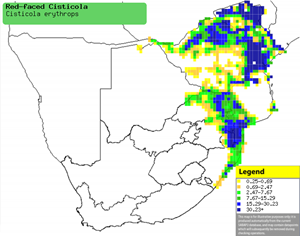
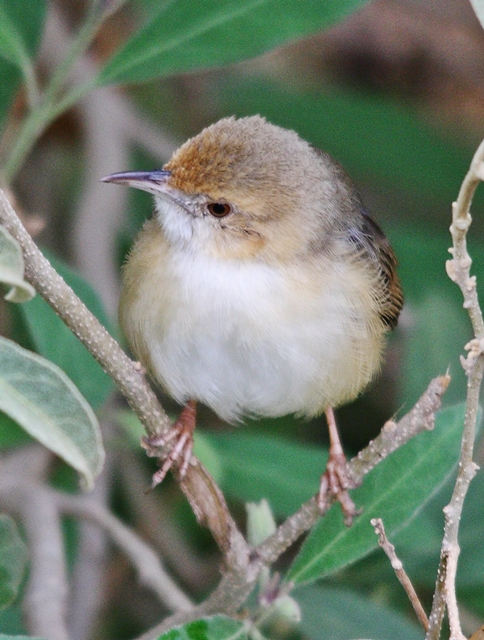
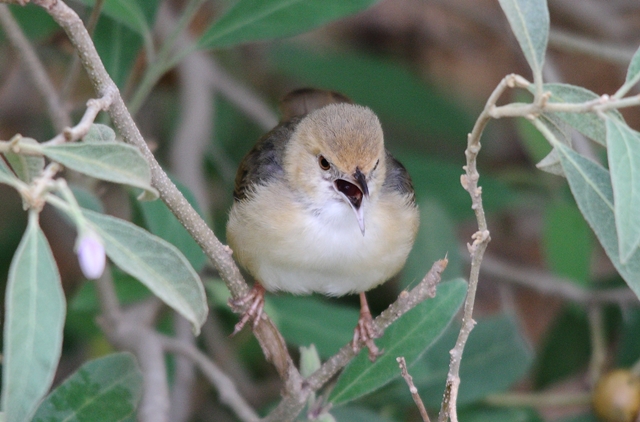

 © Flutterby
© Flutterby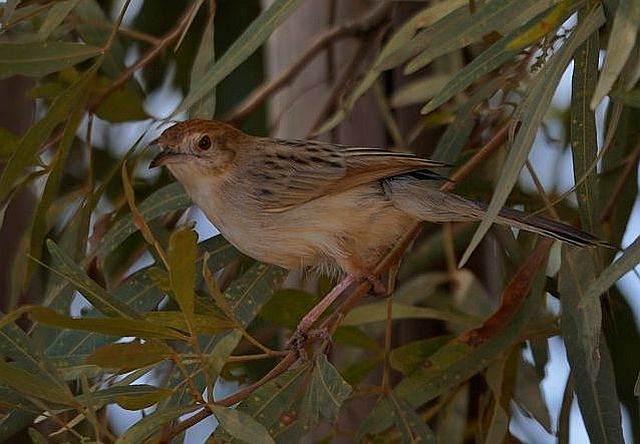 © Dewi
© Dewi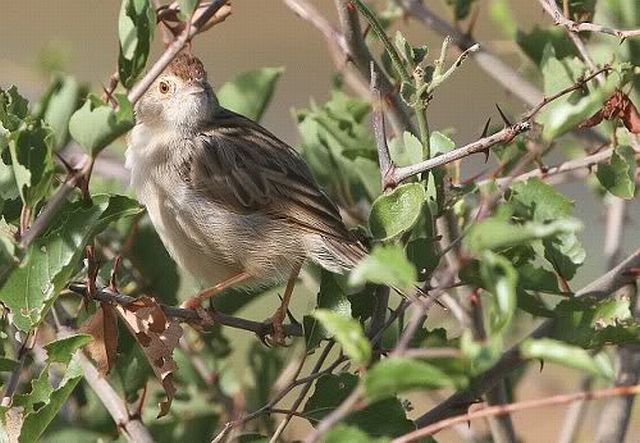 © nan
© nan © Toko
© Toko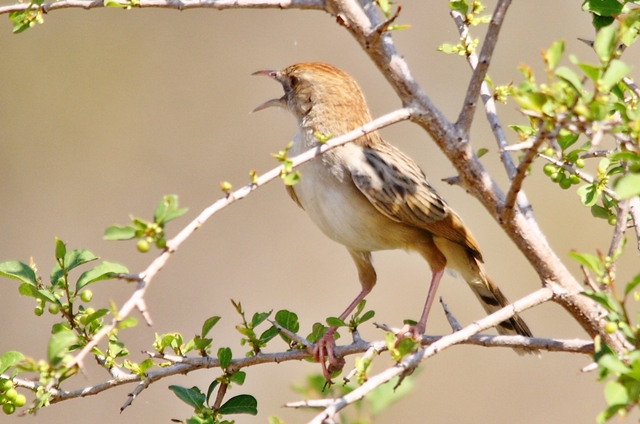 © Flutterby
© Flutterby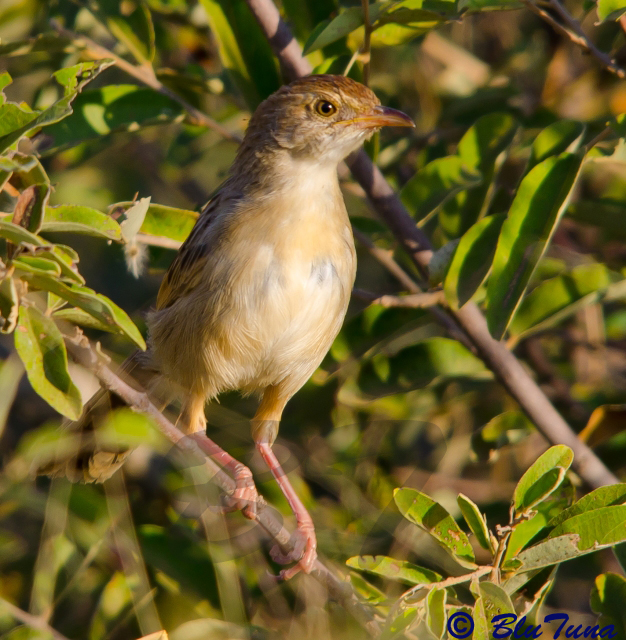 © BluTuna
© BluTuna
 © Tina
© Tina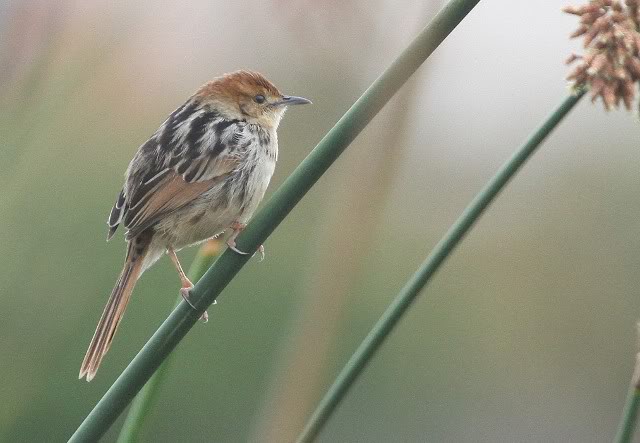

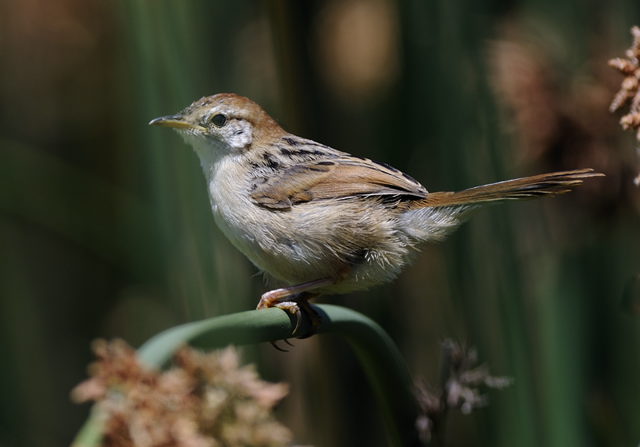 © Dewi
© Dewi © steamtrainfan
© steamtrainfan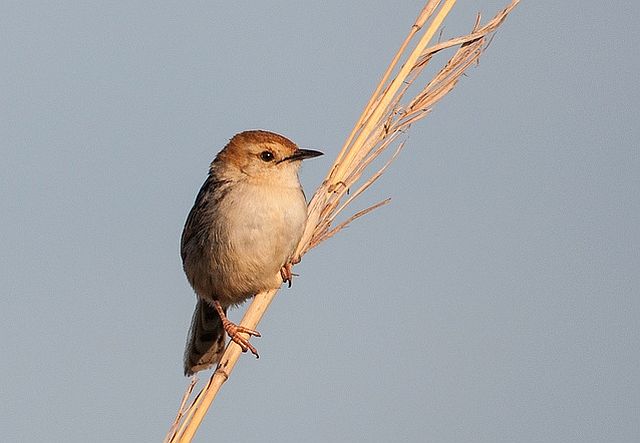 © steamtrainfan
© steamtrainfan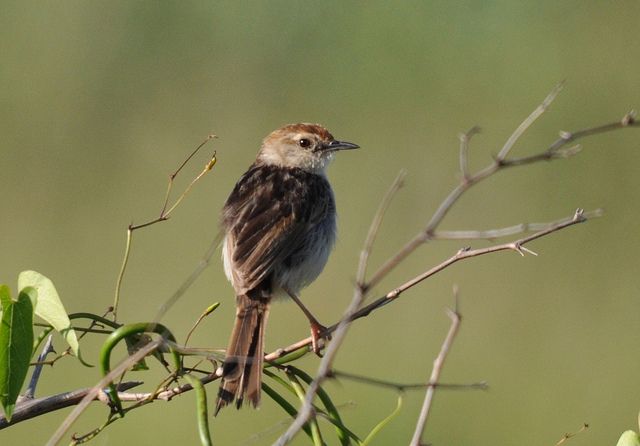 © steamtrainfan
© steamtrainfan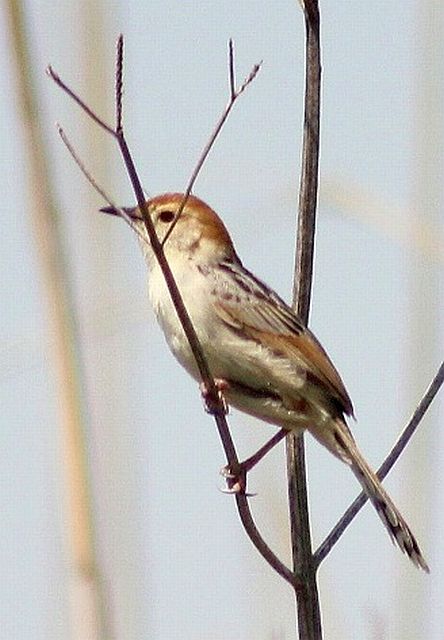 © Amoli
© Amoli